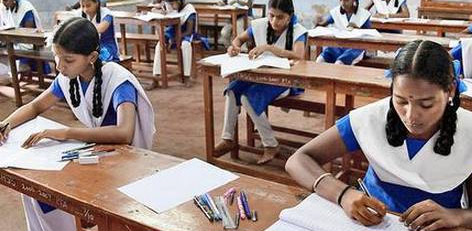Driving tips for the monsoon season
Posted on: 25/Aug/2018 2:35:40 PM

Leaving the hot summer behind We are now stepping into the beautiful zone of monsoon expecting lots of rain and most importantly safe living conditions. Owing to the latest floods in Kerala there are some fear related to the water retention in the coming monsoon especially in southern states of India. Whatever the conditions of rain may be, the vehicle concerns plays a vital role in maintaining the safety on roads in the times of heavy rains or winter fog. Metropolitan junctions of the state are prone to more vehicle mishaps in monsoon times. Here we list out some of the important precautionary measures to consider and incorporate for safe monsoon driving.
Safe distance
Breaking distance of a car or bike increases with wet surface on the roads. So maintaining a safe distance between the vehicles during the monsoon is the most essential tip to follow strictly in your travel. Do not cross the speed limit more than 25 Kmph in wet conditions followed by the thumb rule of keeping considerable distance between the vehicles. While driving in highways keep yourself away from other vehicles with a gap of at least 25t o 30 meters. This will largely help to gain proper visibility while travelling on a rainy day. If the rain gets more intense causing poor visibility immediately stop the car with proper signaling. Start your journey after the intensity gets decreased and in case of heavy water retention park your car somewhere in a high altitude safe spot.
Sudden Brake is dangerous
Sudden brake or acceleration is always dangerous in the times of monsoon especially when the road conditions are not good. Anticipate turns and bends earlier and have a smooth transition and signaling for safe journey. Signaling long before the diversion is always safe for notifying vehicles behind to take necessary actions. Plan the journey ahead and mostly avoid traveling unknown routes in the times of heavy rains and wet road conditions.
Rainy days
It is always advisable to check all the light and signal functioning of your vehicle before the journey. On a day time rain switch on the headlights immediately if the rain gets stronger leading to poor visibility. Drive on a low beam light in foggy conditions that helps to reduce the risk of blind spots. Once you think the climatic conditions are really dangerous pull down the car on a side completely bringing it to a stationary mode. Then switch on the hazard lights until you start the car. Do not use the hazard lights while driving the vehicle.
When to halt?
During the monsoon if the rain goes on a haywire disrupting the visibility where you cannot manage it anymore please halt the vehicle somewhere safe on the road. The moment you realize any kind of errors in lights, indicators or wipers immediately halt your car. Make sure you repair the parts before starting your journey again as driving with damaged spare parts are really dangerous especially in the time of monsoon.
Puddles and potholes
Avoid any puddles or potholes where water gets accumulated on a rainy day. One cannot judge the depth of such holes even leading to the flip of your bike or car. Manholes and other short potholes cannot be recognized properly during the monsoon seasoson and so judging it before avoiding such dangerous potholes should be of first concern while driving.
Waterlogged routes
Overtaking is always dangerous especially on a heavy rain where other vehicles are completely in blind spot. On such cases slowly follow the treads of other vehicles helping out with a uniform attitude for safety. Shift your gear down and keep the engine on with the conditions of water level higher than the car�s exhaust pipe.
Fog inside the car
AC cars cab be fogged of the outside air is not allowed for a long time. So ventilate in the air from outside or adjust the fog settings on your car to avoid window fogging. Open the window slightly to avoid fogging and clean it once after making sure any wild distractions while driving.
Tyre care
Ensure the tyres are in proper conditions before leaving the house or any place. Tyres should have a proper rubber treading quality for finding a grip on wet roads. If the tyres are not changed for more than four years please check for any wear and tear before the start of the monsoon season.







